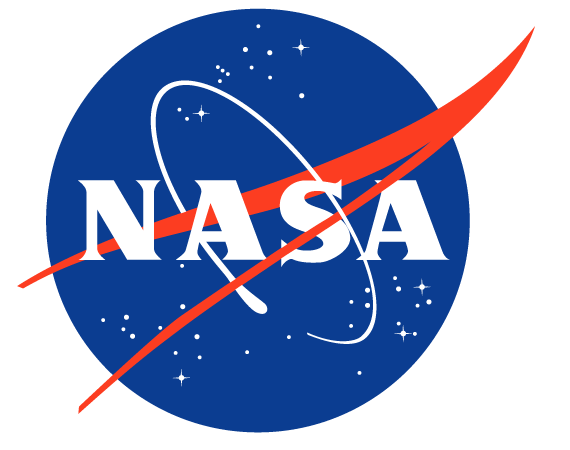NASA is considering selling seats on the launch vehicles that will be used to ferry passengers to the International Space Station (ISS). NASA would like to have additional sources of funding beyond that provided by the U.S. government for government missions.
Russia has already sent rich individuals into Earth orbit for millions of dollars per flight. There are several private companies which have expressed the intent to take tourists into space. NASA has only allowed a few civilian to ride the old Space Shuttles into space. One of those occasions ended in tragedy when a teacher named Christa McAuliffe was killed in the explosion of the Space Shuttle Challenger in 1986.
Two months ago, the NASA Administrator Jim Bridenstine announced that he was creating a NASA advisory council with the purpose of increasing visibility of NASA among the public by working with space companies in the private sector. He said that he wants NASA and its astronauts “embedded into the American culture.” He also said that “The reality is, we’re in a new era now.”
Michael Gold is the vice president of regulatory affairs and policy at Maxar Technologies and the head of the new NASA advisory council. He said, “Just like in the early days of aviation with barnstorming, these initial activities will help build the infrastructure and the foundation that can lead to future innovations that, frankly, we cannot imagine right now.”
The proposal to allow paid civilian space flights was put forth by a subcommittee of the new NASA advisory council. The proposal is in the early stages of development. Any such proposal will have to be approved by the whole NASA advisory council and then sent over to the NASA Administrator.
One of the things that has prompted NASA to consider revenue streams beyond government appropriations was the recent activity at the White House to end the direct funding of the ISS. The President would like to see the ISS become a commercial enterprise. This proposal has been met with stiff resistance from Congress. There are serious questions about how such commercialization could be realized and how it would be funded.
Selling seats on missions to the ISS would only bring in a few tens of millions of dollars at best. NASA hopes that such income could be used to help the agency “facilitate commercialization of space platforms in and beyond” low Earth orbit.
Currently NASA rules prohibit NASA from endorsing particular products or services. Another proposal from the advisory council subcommittee released Friday included the idea of commercializing the NASA logo. Today NASA does not put their logo on the private rockets that ferry cargo to the ISS or launch satellites because they are afraid that this use of their logo would appear as an implicit endorsement of the space companies that supply launch services to NASA. They might also allow astronauts to appear in television commercials to promote NASA’s “brand.” Another idea would be to sell naming rights for NASA launch vehicles.
The NASA Administrator said Friday that it would be a “heavy lift” to achieve such goals. The subcommittee approved language recommending “space-based promotional activities” that “could enhance NASA’s public profile and encourage youth to pursue careers in science, technology, engineering and mathematics.”
